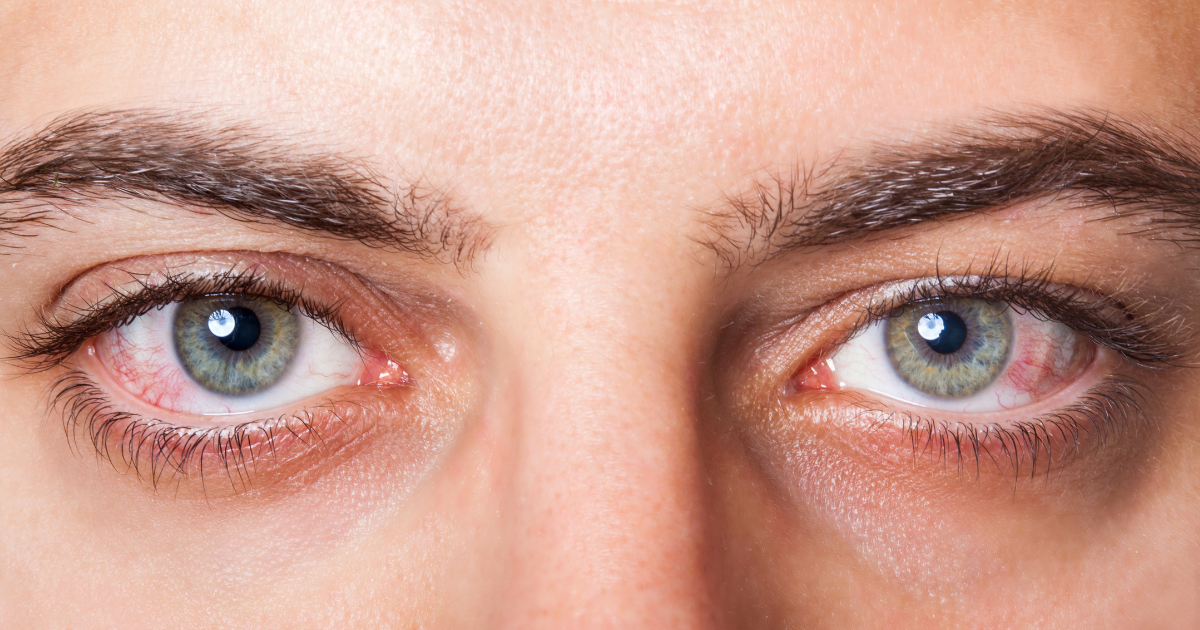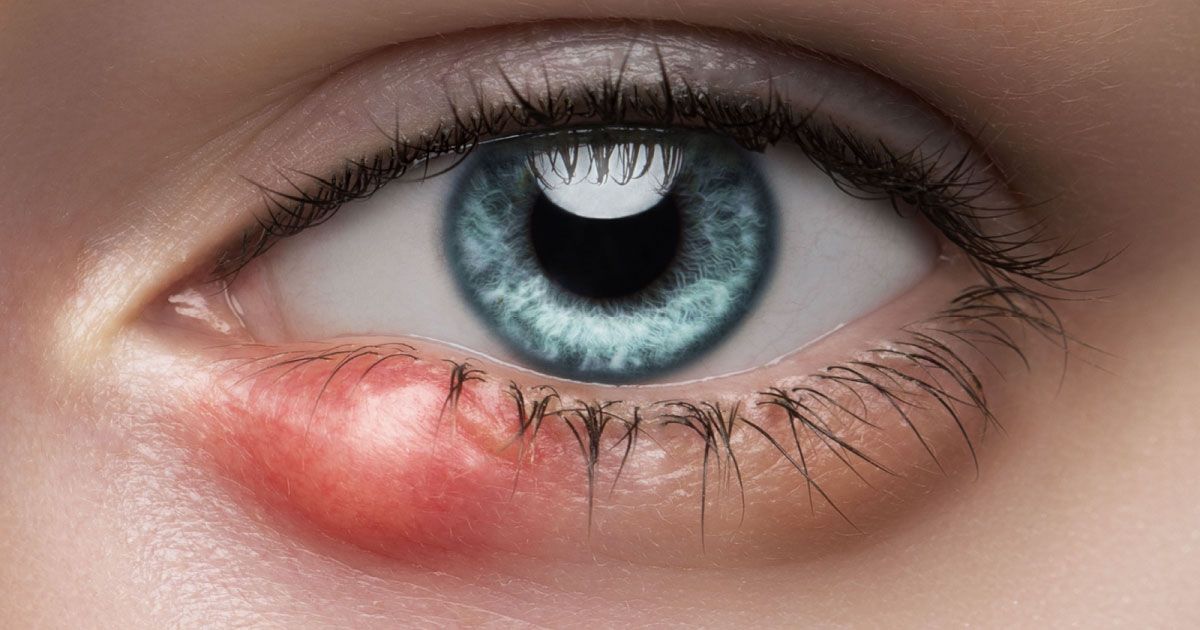Hypertensive Retinopathy vs. Diabetic Retinopathy

Read time: 6 minutes
The human eye, with its intricate network of blood vessels, is a complex organ that can be profoundly affected by systemic diseases. Two conditions that specifically target the delicate blood vessels within the eye are hypertensive retinopathy and diabetic retinopathy.
In this blog post, we will delve into the historical and contemporary aspects of these conditions, exploring their causes, symptoms, and treatment options. In addition, understanding when these conditions typically begin can aid in proactive health management.
Understanding Retinopathy
The understanding of retinopathy has evolved over centuries, paralleling advancements in medical science. The earliest observations of retinal disorders can be traced back to ancient civilizations, where limited anatomical knowledge hindered a comprehensive understanding. It wasn't until the 19th century that detailed observations of the eye and its pathology began to emerge.
One of the pioneers in retinal research was the German physician Hermann von Helmholtz, who invented the ophthalmoscope in 1851. This revolutionary device allowed for the direct visualization of the retina, paving the way for a more accurate diagnosis of retinal disorders. As medical knowledge advanced, so did the recognition of hypertensive and diabetic retinopathy as distinct entities.
Typical Onset Age of Hypertensive Retinopathy
Hypertensive retinopathy tends to develop in adults, typically after years of uncontrolled high blood pressure. While there isn't a specific age range for its onset, it is more commonly observed in middle-aged and older individuals.
The risk of hypertensive retinopathy increases with age, especially in those with prolonged periods of untreated high blood pressure. Regular blood pressure monitoring becomes crucial as individuals advance in age.
Typical Onset Age of Diabetic Retinopathy
Diabetic retinopathy is closely linked to the duration of diabetes rather than a specific age. It can, however, start to manifest after several years of living with diabetes. Both type 1 and type 2 diabetes can lead to diabetic retinopathy.
The longer an individual has diabetes, the higher the risk of developing diabetic retinopathy. Onset may occur earlier in life for those diagnosed with diabetes at a young age.
While hypertensive retinopathy may be more prevalent in middle-aged and older adults due to prolonged exposure to high blood pressure, diabetic retinopathy is closely tied to the duration of diabetes rather than a specific age. Regular health check-ups, blood pressure monitoring, and diabetes management play crucial roles in mitigating the risk and progression of these retinopathies across different age groups.
Causes and Characteristics
Hypertensive Retinopathy
- Causes: Hypertensive retinopathy is a manifestation of long-term high blood pressure affecting the blood vessels in the retina. The increased pressure forces the blood vessels to narrow and become more rigid over time. This vascular damage can lead to a variety of changes in the retina, affecting both the smaller arterioles and the larger vessels.
- Clinical Features: The hallmark signs of hypertensive retinopathy include arteriolar narrowing, arteriovenous nicking, and flame-shaped hemorrhages. As the condition progresses, more severe manifestations such as cotton-wool spots and optic disc edema may occur. Cotton-wool spots represent areas of nerve fiber layer infarction, a consequence of compromised blood supply to the retinal nerve fibers.
- Symptoms: In the early stages, hypertensive retinopathy may be asymptomatic. However, as the disease advances, symptoms such as blurred vision, headaches, and visual disturbances may manifest. Regular eye examinations are crucial for early detection and management.
Diabetic Retinopathy
- Causes: Diabetic retinopathy, as the name suggests, is a complication of diabetes mellitus. Prolonged exposure to high blood sugar levels can damage the small blood vessels in the retina, leading to a cascade of pathological changes. Both type 1 and type 2 diabetes patients are at risk, emphasizing the importance of glycemic control.
- Clinical Features: The progression of diabetic retinopathy is categorized into non-proliferative and proliferative stages. Non-proliferative diabetic retinopathy (NPDR) is characterized by microaneurysms, hemorrhages, and lipid exudates. As the disease advances to the proliferative stage, the growth of abnormal blood vessels on the retina's surface becomes a concern, posing a higher risk of bleeding into the vitreous, retinal detachment, and severe vision loss.
- Symptoms: Similar to hypertensive retinopathy, diabetic retinopathy may initially be asymptomatic. As the condition progresses, patients may experience symptoms such as floaters, blurred vision, and difficulty perceiving colors. Routine eye examinations are critical for early detection and intervention.
Diagnosis and Evaluation
Both hypertensive and diabetic retinopathy are diagnosed through a comprehensive eye examination, which includes visual acuity testing, dilated fundus examination, and imaging studies such as fluorescein angiography and optical coherence tomography (OCT).
- Fluorescein Angiography: This diagnostic procedure involves the intravenous injection of a fluorescent dye, which highlights the retinal blood vessels. It aids in identifying areas of ischemia, leakage, and abnormal blood vessel growth.
- Optical Coherence Tomography (OCT): OCT is a non-invasive imaging technique that provides detailed cross-sectional images of the retina. It is particularly useful in assessing the thickness of the retinal layers and detecting the presence of macular edema.
Treatment Approaches
The management of hypertensive and diabetic retinopathy involves a combination of lifestyle modifications, medical therapy, and, in some cases, surgical interventions.
Hypertensive Retinopathy
- Blood Pressure Control: The primary focus in hypertensive retinopathy management is controlling blood pressure. Lifestyle modifications, including a low-sodium diet, regular exercise, and medication adherence, play a crucial role in achieving optimal blood pressure levels.
- Anti-Hypertensive Medications: Medications such as angiotensin-converting enzyme (ACE) inhibitors and angiotensin II receptor blockers (ARBs) are commonly prescribed to manage hypertension and mitigate its impact on the retinal vasculature.
- Regular Monitoring: Close monitoring of blood pressure and regular eye examinations are essential components of managing hypertensive retinopathy. Timely intervention can prevent progression to more severe stages of the disease.
Diabetic Retinopathy
- Glycemic Control: Achieving and maintaining tight glycemic control is fundamental in preventing and managing diabetic retinopathy. Diabetic patients should work closely with their healthcare team to monitor and manage blood sugar levels effectively.
- Intravitreal Injections: In cases of diabetic macular edema or proliferative diabetic retinopathy, intravitreal injections of anti-vascular endothelial growth factor (VEGF) medications or corticosteroids may be recommended to reduce swelling and inhibit abnormal blood vessel growth.
- Laser Photocoagulation: Laser therapy is often used to treat specific complications of diabetic retinopathy, such as macular edema and proliferative disease. The laser helps to seal leaking blood vessels and reduce the risk of further vision loss.
- Vitrectomy: In advanced cases with significant vitreous hemorrhage or tractional retinal detachment, vitrectomy surgery may be considered. During this procedure, the vitreous gel is removed and replaced with a clear solution.
Prognosis and Prevention
Both hypertensive and diabetic retinopathy require ongoing management and monitoring to prevent complications and preserve vision. When effectively managed, the prognosis for hypertensive retinopathy is generally favorable. However, untreated or poorly controlled hypertension can lead to progressive retinal damage and, in severe cases, permanent vision loss.
The prognosis for diabetic retinopathy varies based on the stage of the disease at diagnosis and the effectiveness of management strategies. Early detection and intervention significantly improve outcomes, emphasizing the importance of regular eye examinations for individuals with diabetes.
The Takeaway
As we've learned, hypertensive retinopathy and diabetic retinopathy are distinct yet interconnected conditions that highlight the intricate relationship between systemic health and ocular well-being. Historical advancements in ophthalmic research and modern diagnostic tools have significantly improved our ability to detect and manage these conditions effectively.
As we continue to refine our understanding of the pathophysiology of these retinopathies, ongoing research may unveil novel therapeutic approaches, providing hope for improved outcomes and a brighter future for individuals at risk of vision-threatening complications.
Regular eye examinations
at award-winning Urban Optiks Optometry,
early intervention, and collaborative care between healthcare professionals and patients remain the cornerstone of preserving vision in the face of these potentially devastating conditions.
Schedule your annual eye exam today!
The information provided in this article is intended for general knowledge and educational purposes only and should not be construed as medical advice. It is strongly recommended to consult with an eye care professional for personalized recommendations and guidance regarding your individual needs and eye health concerns.
All of Urban Optiks Optometry's blog posts and articles contain information carefully curated from openly sourced materials available in the public domain. We strive to ensure the accuracy and relevance of the information provided. For a comprehensive understanding of our practices and to read our full disclosure statement, please click here.
OUR LATEST POSTS
© Urban Optiks Optometry, Inc. 2009-2025
All Rights Reserved
Location
The Cairo Building
3788 Park Blvd, Suite 5
San Diego, CA 92103
Phone: 619.683.2020
Text: 619.683.2020
Fax: 619.683.2111
Email: info@uoosd.com
Hours
Monday: 9 am – 7 pm
Tuesday: 9 am – 6 pm
Wednesday: 9 am – 6 pm
Thursday: 9 am – 7 pm
Friday: 9 am – 6 pm
Saturday: 9 am – 5 pm
Sunday: Closed


















